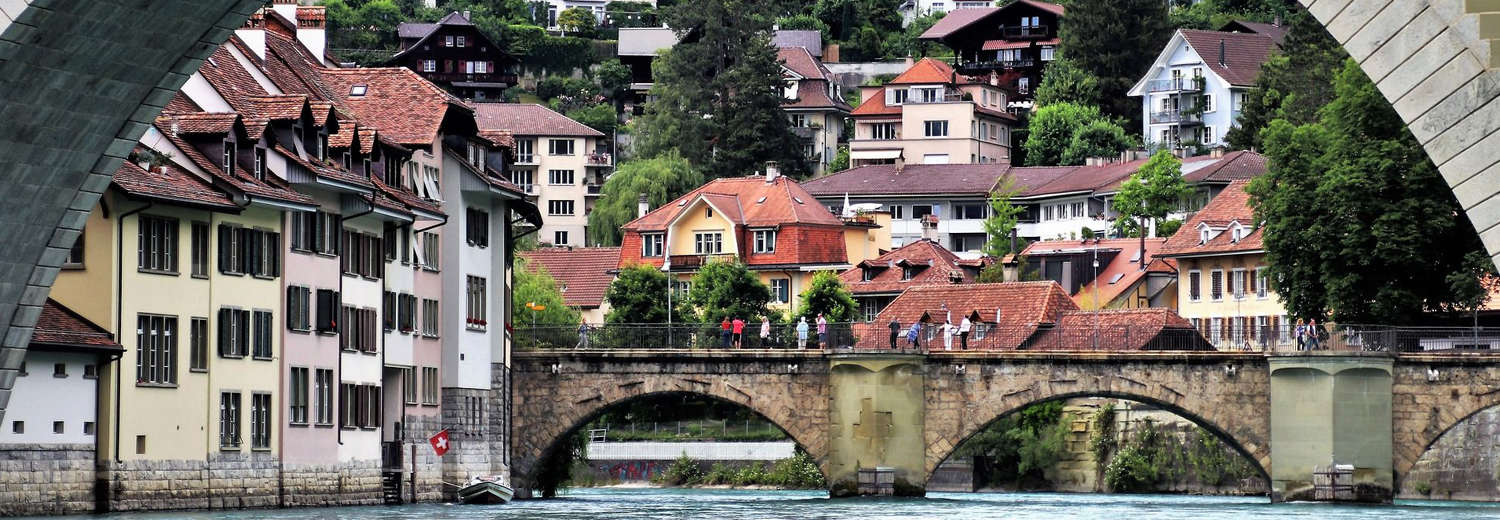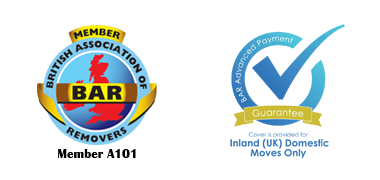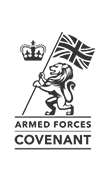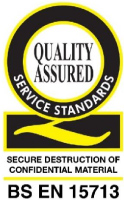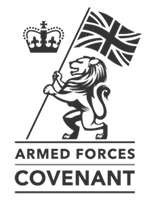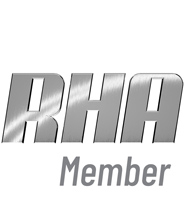Get a Quick, Free Quote
Rated 'Excellent'
on Trustpilot
Family Owned
Business Est 1973
British Association
of Removers
Eco Friendly
Removals
Our Removals Service Includes…
For removals to and from Bern.
Call Us On +441963 34065
Chocolate pyramids, miles of shopping and a shaggy bear story or two
Ah, the land of the pyramids. No, not those ones – the chocolate kind!
That solid line of tooth-breaking choc so loved by airport duty free shops was invented in Bern in 1908. Toblerone is still exclusively made here.
Bern is the fifth most populated city in Switzerland, with about 144,000 people in the city and just over 400,000 in the wider area.
Residents generally speak German here. The old town was designated a UNESCO World Heritage Site in the 80s. The old town is mostly mediaeval and features an elaborate clock tower of that period with moving puppets. It also has a fantastic 15th century Gothic cathedral and a 15th-century town hall. There are four MILES of arcades – one of the longest covered shopping promenades in Europe.
The city was originally surrounded by the river Aare, but by the 19th century it had grown and one of the striking features of the city is a series of bridges leading to the newer parts of Bern.
Four bears are testament to the city having had a bear pit since the 16th century, though they are now housed in a much nicer open air enclosure. There are two other young bears here in the zoo – a present from the Russian president.
Visitors flock to the Federal Palace (Bundeshaus) government building, and to the place where Albert Einstein lived and wrote some of his most famous works. They take tours of the Rose Garden built on a former cemetery in 1913 and tour the 16th century statues erected at public fountains in the Old Town. In much more recent times fountains were built in front of the Federal Palace in 2004.
Bern boasts 114 heritage sites including the entire Old Town. The cathedral building was started in 1421 and is the tallest cathedral in Switzerland. There is also the Zytglogge and Käfigturm towers and the Holy Ghost Church – one of the largest Swiss Reformed churches in the country.
Outside the Old Town heritage sites include the Federal Mint building, the Federal Archives, the Swiss National Library, the Historical Museum, Alpine Museum, Museum of Communication and Natural History Museum.
There are at least six theatres here, and several dozen cinemas. Additionally, there are eight libraries and a huge number of schools, many of which are well used to accepting kids from other countries.
One of the most popular events of the year is the three-day carnival in February. Bern had a great carnival for years until it was banned in the 16th century. Restored in the 70s and 80s, the event now features a symbolic releasing of the bear, based on a popular story of how in 1917 Lenin, before the Revolution, passed the Bern bears, fed them carrots, and said: “The bears must be released.” The ritual involves humans dressed as bears, waiting to be freed and the ‘bear’ is always captured at 11:11 on November 11 of the previous year.
Another shaggy bear-like animal associated with the city is the St Bernard dog, famed for attempting rescues in the snow armed with a mini keg of brandy hung from its collar.
The breed is first known as a mountain rescue dog and the breed was named St Bernard after a hound called Barry der Menschenretter (1800–1814), also known as Barry. Barry worked as a mountain rescue dog in Switzerland and Italy for the Great St Bernard Hospice and and was lighter built than the modern breed. He is the most famous St Bernard, as he was credited with saving more than 40 lives during his lifetime – his name Menschenretter means ‘people rescuer’ in German.
The legend goes that he was killed while attempting a rescue. But in actual fact Barry retired to Bern, in much comfort. After his death his body was given to the Natural History Museum of Bern and his skin has been preserved through taxidermy – although his skull was modified in 1923 to match the Saint Bernard of that time. Barry’s story and name have been used in books, and there is a monument to him at the Cimetière des Chiens near Paris. Adorably, there is always a dog named Barry at the hospice in his honour. The Foundation Barry du Grand Saint Bernard was set up in 2004 to take responsibility for breeding dogs from the hospice.
The history of Bern, Switzerland
In the 18th century, when Napoleon was stonking about, the old town’s signs were erected in many colours, allowing the illiterate troops to find their way back to their quarters. The signs are still in evidence today.
The old town was rebuilt after a devastating fire in 1405, and most of its sandstone buildings are from the mediaeval period. It hadn’t been built long before the fire – Bern had been founded just a few years before and wooden buildings erected using local timber from the hillsides around, on orders from the Duke of Zahringen. The duke is said to have killed a bear on one of his first hunting trips and Bern was named after the bear.
After the old town was rebuilt, it started to expand. By the 14th century it became a member of the Swiss Confederacy and was considered one of the most powerful areas north of the Alps.
Away from the main routes for freight, Bern instead became noted for its agriculture and leather goods. Crafts and glass paintings have long been a popular export for the area.
Bern’s most important battle was for its independence, against the nobility of Burgundy at Laupen in 1339. Bernese troops fought the city of Fribourg, in a final defeat of the nobility to ensuret the future of the city.
Large territories along Lake Geneva were adopted by the Bernese, however the invasion of the French in 1798 destroyed Bern’s authority. After Napoleon left the country in ruins Bern had to give up almost half its territories.
Bern did, however, became the nominal capital of Switzerland, and was chosen in the 19th century to host the First Swiss Parliament.
Despite its mediaeval appearance, the old city is now an important business centre.
Its old city hall, built in 1406 is still the seat of the Bernese government. There are more than 70
embassies and diplomats in Bern and several international organisations such as the World Postal Union, founded here in 1874.
If you call us on 0800 917 1015 or email enquiries@armishaws.com we’ll give you a competitive quote – fast.
Armishaws can move you to or from anywhere in the UK or Europe. We have lots of fully-trained staff and a fleet of modern vehicles.
Armishaws always work to the highest standards – we have held the BSEN 12522 certificate since 1999.
For Free Advice and a Quotation call +44 (0)1963 34065
Why move to Bern, Switzerland?
Shopaholics and chocaholics unite! The home of the Toblerone and the longest shopping arcade – what’s not to like? You can power yourself around all those shops with all those calories…
Properties in Bern, Switzerland
Check out properties for sale in Bern.
Transport Links
The public transport in and around Bern is operated by BERNMOBIL, which includes trains, trams and buses. Fares are based on the number of zones crossed.
Bern’s central railway station Bahnhof Bern connects the city to the urban, national and international railways network and is Switzerland’s second most busy railway station, with over 200,000 passengers a day.
Bern is well connected to other cities by the A1, A12 and A6. The city is also served by Bern Airport, with flights to several European cities. Zurich Airport, Geneva Airport and EuroAirport Basel Mulhouse Freiburg are within two hours by train or car from Bern.
Local Events
Bern hosts several international film festivals, including the Shnit international short film festival in early October and the Queersicht gay and lesbian film festival, held in the second week of November.
Music is well represented, with the BeJazz Summer and Winter Festival, the Buskers Bern Street Music Festival, the Gurtenfestival, the Internationales Jazz Festival Bern and the Taktlos-Festival.
The Musikpreis des Kantons Bern is an annual musical event featuring ‘outstanding musicians’.
An annual fair called the Zibelemärit (onion market) is held on the fourth Monday in November, and there is a carnival which starts with the symbolic freeing of the bear.
In sports, Bern was the site of the 1954 Football World Cup Final, which ended in a huge upset for the Hungarian Golden Team, beaten 3–2 by West Germany. The football team BSC Young Boys is based in Bern at the unpromisingly-named Stade de Suisse Wankdorf. Wankdorf hosted three matches in the European football championship 2008.
As in other Swiss cities, ice hockey is hugely popular here. SC Bern plays in the PostFinance Arena. and competes in the National League (NL), the highest league in Switzerland. The team draws the highest attendance for a European hockey tea. Their arena was the main host of the 2009 IIHF Ice Hockey World Championship, including the opening game and the final.
It was also the host of the 2011 European Figure Skating Championships.
Bern Cardinals play baseball and softball at the Allmend and Bern Grizzlies is the American football club. Bern Bears is an NGO Basketball Club.
Bern bid to host the 2010 Winter Olympics, but held a referendum to find out if locals supported the move. When they did not, they withdrew the bid.
From 1950-1954 the Swiss Grand Prix was held in Bern at Bremgarten Circuit. The circuit fell into disrepair after Switzerland banned motorports after the 1955 Le Mans Disaster. However, in 2015 they agreed to host electric racing, and the Swiss ePrix was held in 2019.
Schools near Bern, Switzerland
The University of Bern is mainly in the Länggasse quarter. Bern is also home to the University of Applied Sciences (Fachhochschule) and several vocational education establishments.
About a third of pupils in Bern schools are not citizens of Switzerland and German is not the first language for nearly half of those youngsters.

